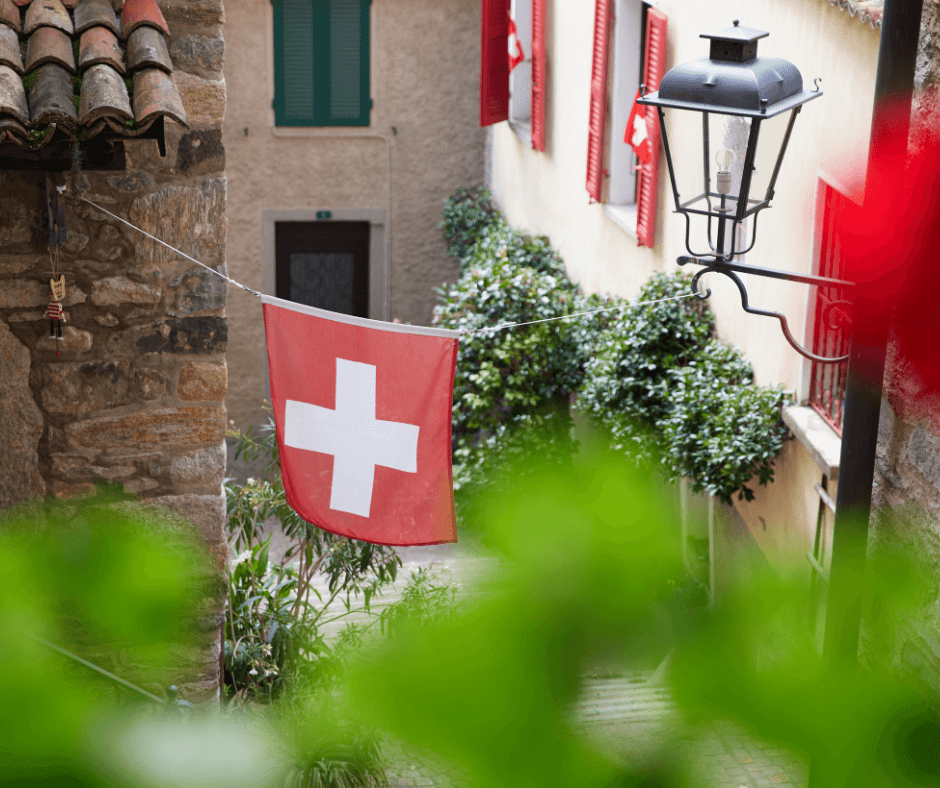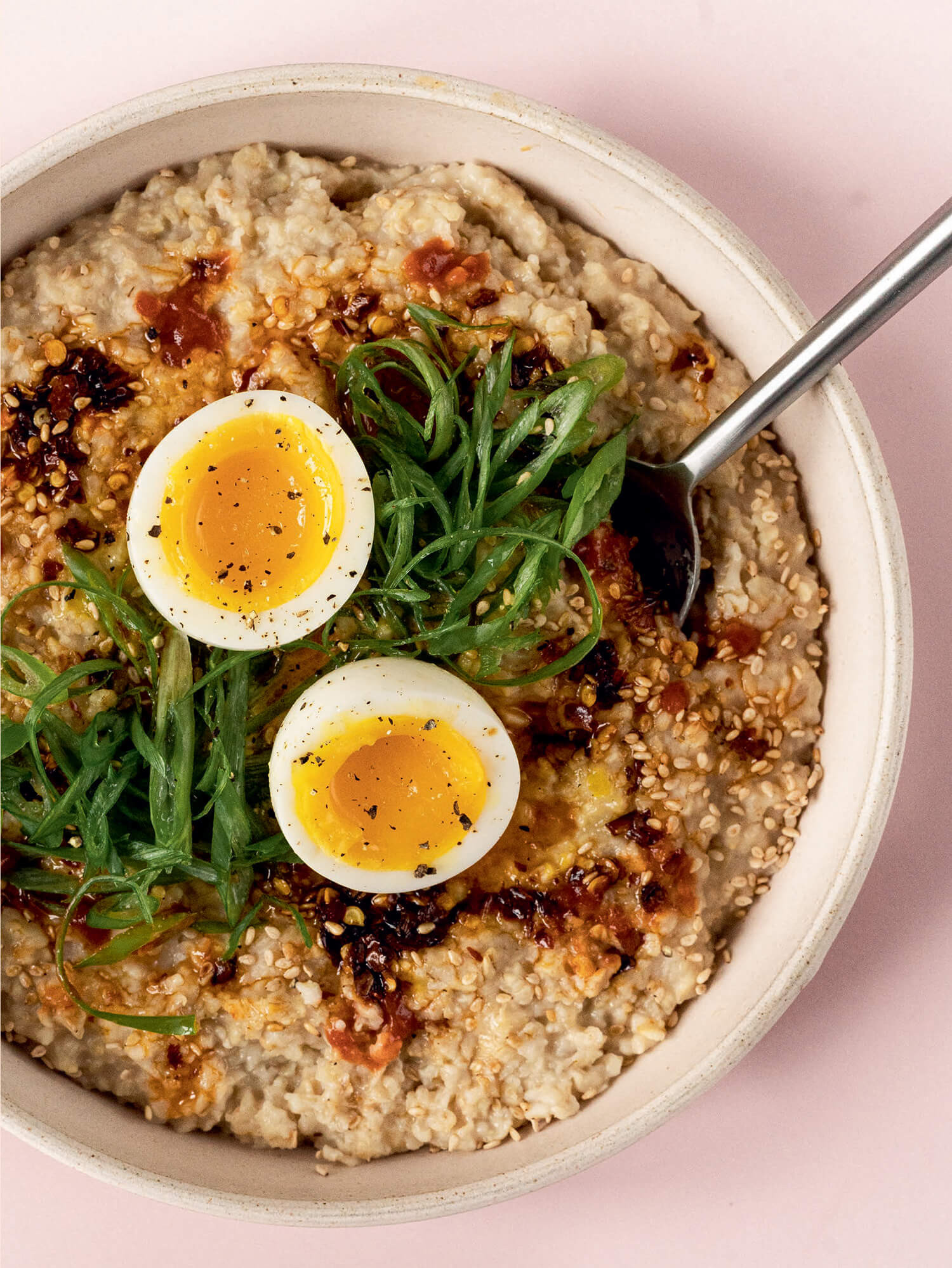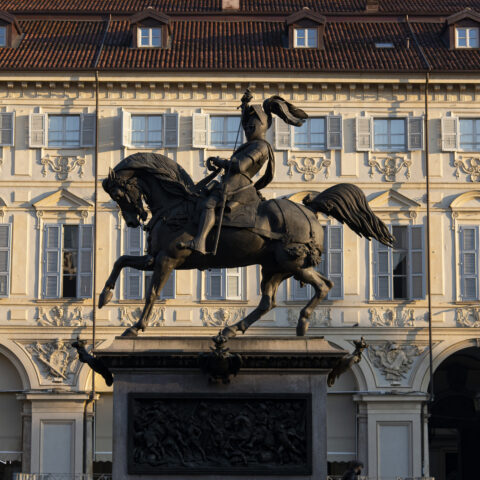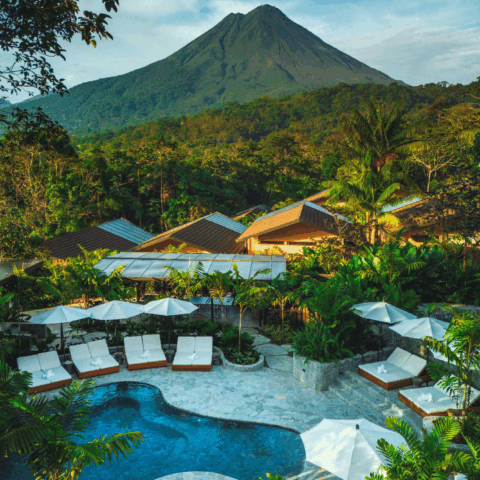It takes less than three hours to travel from Zurich, Switzerland to Lugano, the largest city in the canton of Ticino, by train. The views along the way are stunning, and upon arrival in the southernmost part of Switzerland, I had the sensation that I was in a completely different country. Instead of the expected towering spruces, there were ancient cypress trees; instead of grey stone buildings, there were stuccoed structures painted in shades of orange and yellow. More tellingly, the people spoke Italian, not German as they do in Zurich.
A brief history of the Swiss canton of Ticino
With that in mind, it’s not a surprise to learn that the wedge-shaped canton protrudes into northern Italy. For Ticino, like most of Europe, the late 18th and early 19th centuries were a time of great instability, with the Napoleonic influence directly and indirectly causing great tumult. Leaders and regimes came and went in quick succession, and, at one point in the late 1700s, locals placed a Tellenhut – a Swiss hat with a feather – atop a tree in local town Locarno’s Piazza Grande (over a red cap of the French Revolutionaries) to proclaim “Liberie Svizzeri! (We want to be free Swiss!)” Ticino’s borders miraculously stayed intact through all the political upheaval and was finally incorporated into the Swiss Confederation in 1848. It remains part of Switzerland to this day.
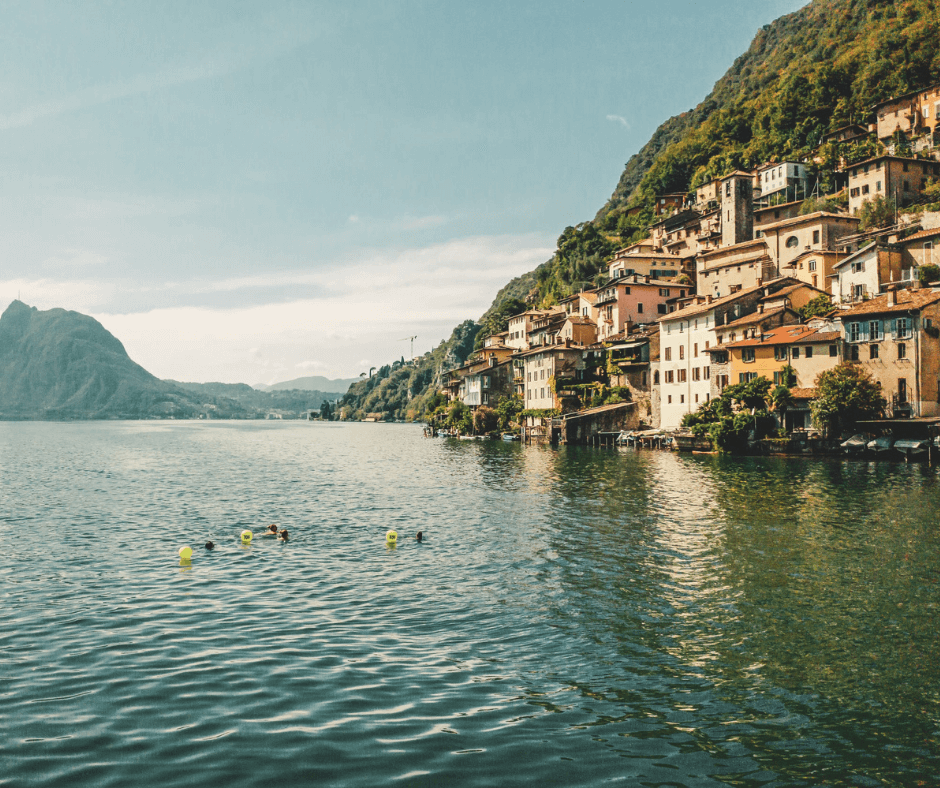
How Ticino differs from the rest of Switzerland
In Ticino, the casual charm of Italy and the structure and efficiency of Switzerland blend together. It’s a regular ocurrence to see people in Lugano strolling leisurely along the lakeshore promenade, melting gelato in hand, while punctual ferries shuttle locals and tourists across the lake.
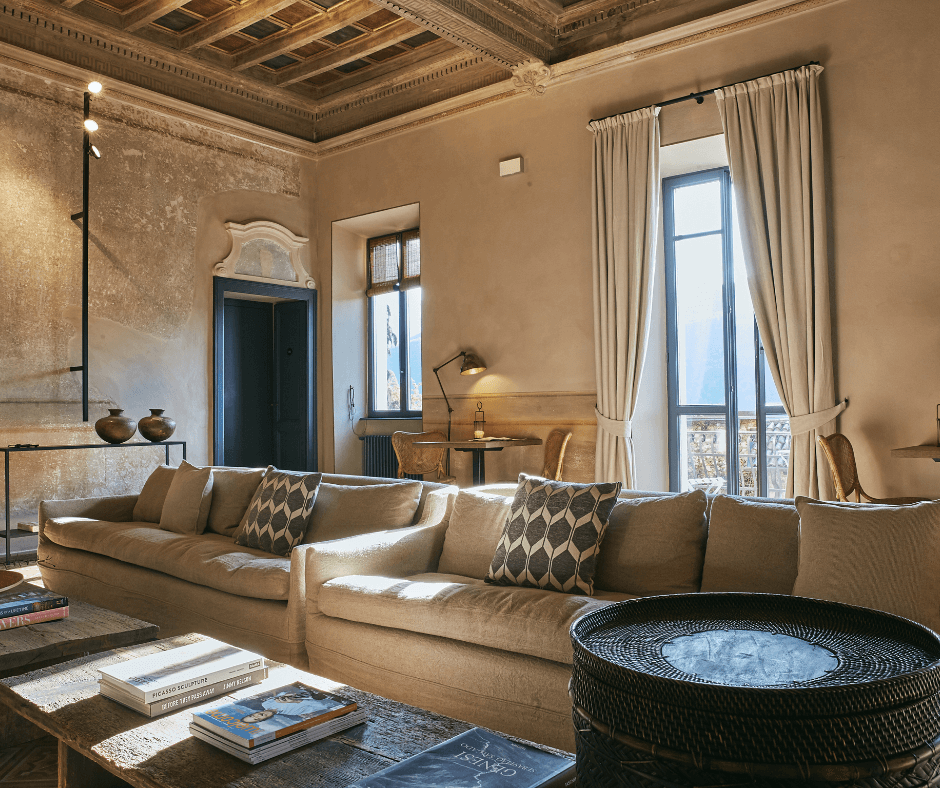
The hilltop town of Vico Morcote is a must for culinary travellers
I was picked up at the train station by Maria Martha Lacachury, my source for all things Ticino. Lacachury zipped her car along narrow roads and then up switchbacks to the village of Vico Morcote. When a large public bus hurtled past us, leaving us hugging the side of the road, I was reminded why manual transmission is necessary in Europe – it always seems that you’re stopped on a steep incline.
We arrived at Relais Castello di Morcote, my home base for the next two days. One of the best hotels in Switzerland, the 12-room boutique hotel, a former 17th-century convent, is named for the castle of Morcote, a medieval fortress.
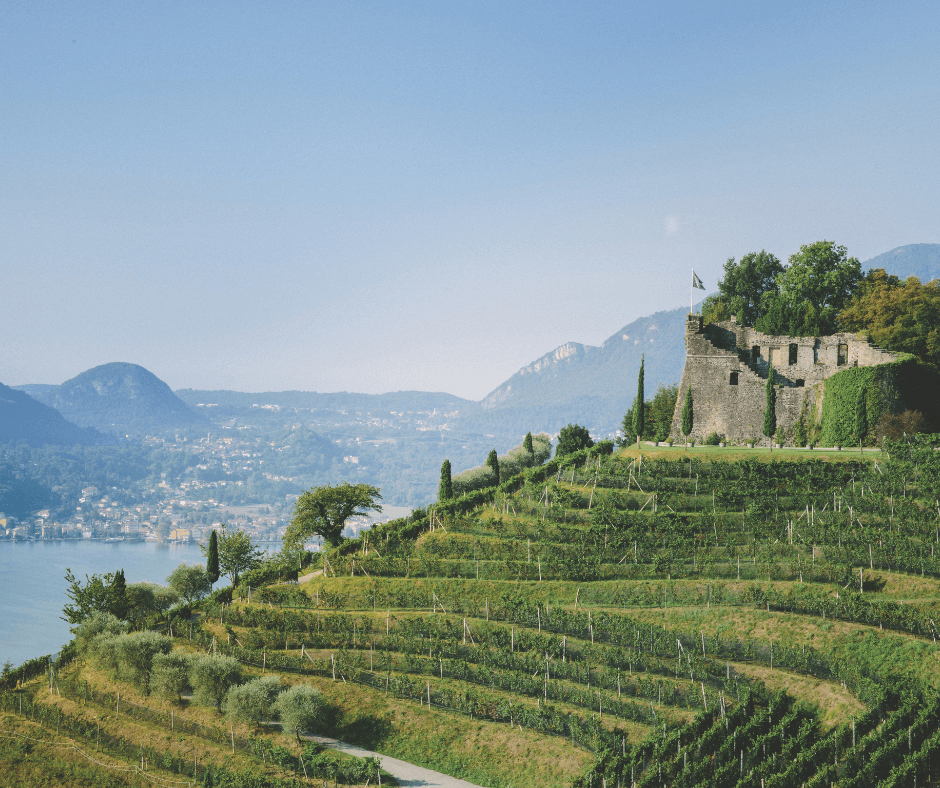
Rising high above Lake Lugano at the heart of Tenuta Castello di Morcote wine estate, the remains of the fortress are a leisurely 15-minute walk from the relais. Here, Gaby Gianini, manager of both the relais and the wine estate (her family owns them), walked me through the terraced organic vineyards and then into the fortress’ keep to show me where wine has been produced since Roman times. Gianini took over the wine estate from her grandfather in 2009 and has been making award-winning wines ever since.
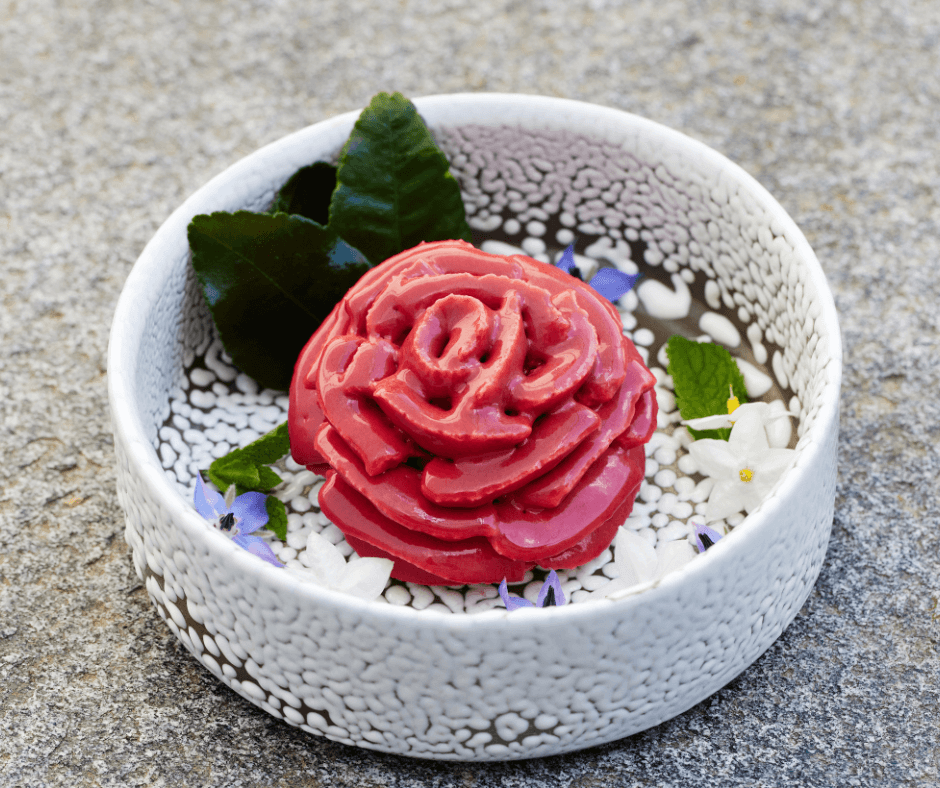
Dinner that evening was at the hotel’s restaurant, Michelin Guide-recommended La Sorgente, where chef Francesco Sangalli creates simple, elegant and creative dishes that focus on fresh, local flavours and complement the wines from Tenuta Castello di Morcote. The only sign that I was in Switzerland, not Italy, was the large pat of creamery butter served with my bread. Had I actually been in Italy, it would probably have been olive oil.
A day in the city of Lugano
The next day was a whirlwind. In the town of Morcote, I caught the ferry – a zero-emission electric boat – to central Lugano. It was a beautiful day, and I was determined to do as much as possible. My first stop was the 16th-century Renaissance fresco in the church of Santa Maria degli Angioli; next was Mauri Concept, a hybrid café-barbershop, to enjoy a perfect cup of espresso.
After that, I chose to get to my next stop via the ferry. It took twice as long as the bus, but it was satisfying to sit on the top deck, wearing a sunhat and reading a good book. I arrived at Villa Heleneum, which is dedicated to contemporary art of all kinds. Exhibitions take place inside a dreamy lakeside neoclassical mansion built in the 1930s.
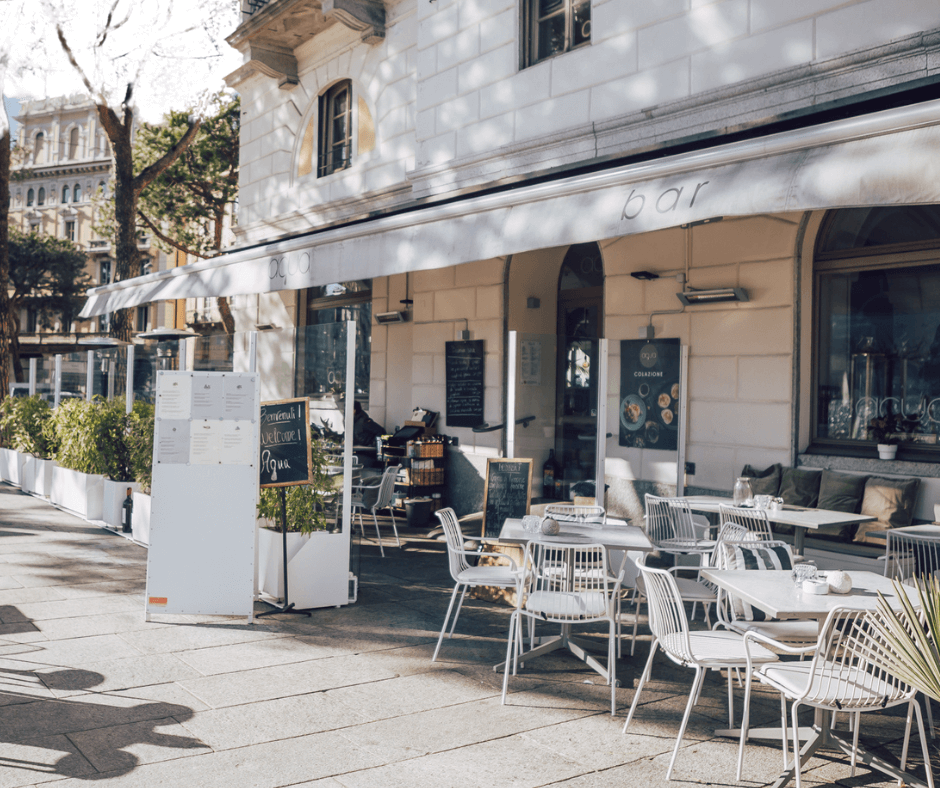


Alas, I was so caught up in the displays that I missed the return ferry to Lugano and ended up walking 30 minutes back to the piazza centrale for a late lunch at lakeside seafood restaurant Agua Lugano, followed by two scoops of gelato (I did walk for 30 minutes,after all) at the Vittorio Vanini chocolate shop – which serves the best gelato in Switzerland) before catching a bus back to the hotel. As the bus wheezed its way up the steep hill to Vico Morcote, I realized that I was now on the same public bus that had bore down on Lacachury and me the day before. I relaxed in my seat and smiled.
For more information about Ticino, visit myswitzerland.com

